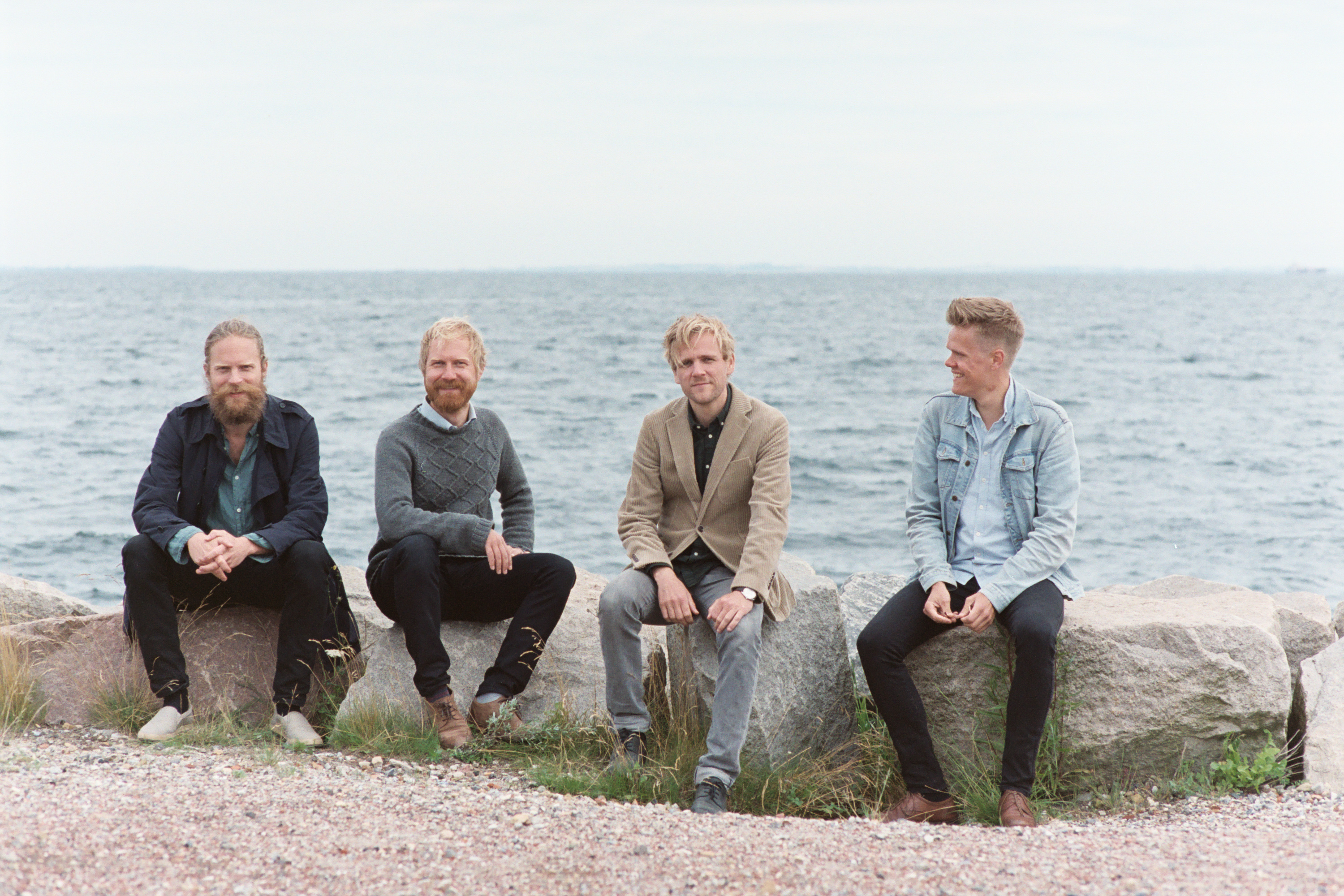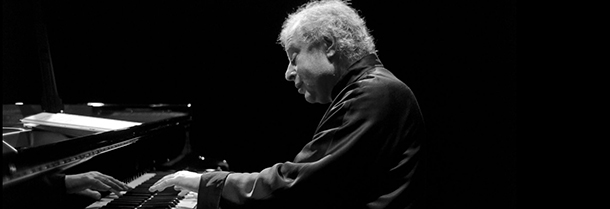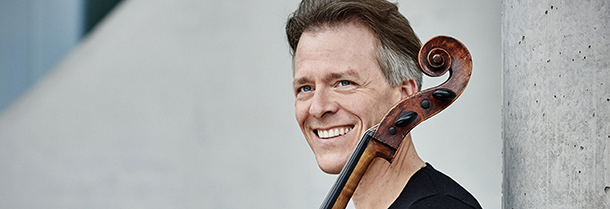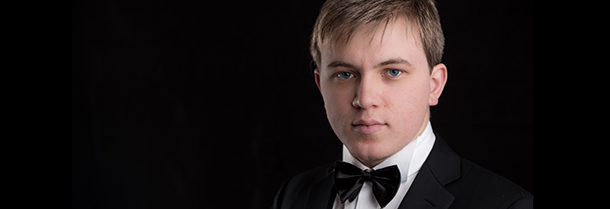Tag: Ludwig van Beethoven
-

PROGRAM NOTES: PAUL LEWIS
Franz Joseph Haydn Sonata in E minor Hob. XVI:34 It is unusual to encounter a sonata in a minor key from “Papa” Haydn, a composer best known for his chipper disposition. But his Sonata in E minor likely dates from the late 1770s, which could explain its turbulent mood. The 1770s was the decade of…
-

PROGRAM NOTES: DANISH STRING QUARTET
Ludwig van Beethoven String Quartet in C minor Op. 18 No. 4 In the Napoleonic era, when a Viennese aristocrat was thinking of entertaining friends at home, he might pop down to the local shop to pick up a six-pack—of string quartets, that is. The most refined form of home entertainment in Austria’s capital was…
-

PROGRAM NOTES: PAUL LEWIS
Johannes Brahms 7 Fantasies Op. 116 If the word fantasy implies improvisation and free association of thoughts, then the collection of three capricci and four intermezzi that Brahms published under the title Fantasien in 1892 are misnamed, as they are among the most densely expressive and tightly crafted miniatures to come from his pen. Some…
-

PROGRAM NOTES: PAUL LEWIS
Ludwig van Beethoven 11 Bagatelles Op. 119 Beethoven’s Op. 119 is a catch-all collection of pieces written without any preconceived formal plan for the enjoyment of amateur piano enthusiasts. The last five were published first as a contribution to a pedagogical publication called the Wiener Piano-Forte Schule (1821), with the first six added to that…
-

PROGRAM NOTES: SIR ANDRÁS SCHIFF
Robert Schumann Variations on an Original Theme in E at major (“Ghost Variations”) WoO 24 In February of 1854, Robert Schumann was in a state of delirium, but a very musical one. He was surrounded by ghosts, he told his wife Clara, ghosts that fed him wonderful music and had occasionally tried to drag him down…
-

PROGRAM NOTES: NIKOLAJ ZNAIDER & ROBERT KULEK
Ludwig van Beethoven Sonata for Violin & Piano in G major Op. 30 No. 3 “Who are you, and what have you done with Ludwig van Beethoven?” Such is the question that Beethoven enthusiasts raised on the Pathétique Sonata, the Fifth Symphony, and the late quartets might wish to ask of the musician responsible for…
-

PROGRAM NOTES: SHEKU KANNEH-MASON & ISATA KANNEH-MASON
Gaspar Cassadó Suite for Solo Cello Gaspar Cassadó is hardly a household name, but he was one of the great cellists of the twentieth century, active as a performer, composer and transcriber for his instrument. Born in Barcelona in 1897, he was discovered at the age of nine by a young Catalan cellist just starting…
-

PROGRAM NOTES: PAUL LEWIS (CONCERT 1)
Franz Joseph Haydn Sonata in C major Hob. XV1:50 Haydn’s last three piano sonatas, Nos. 60 to 62 (Hob. XVI: 50-52), were written during the composer’s second trip to London in 1794-1795. All three were composed with a specific dedicatee in mind: the female keyboard virtuoso, Therese Jansen Bartolozzi (1770-1843), a student of Clementi that…
-

PROGRAM NOTES: ALBAN GERHARDT & STEVEN OSBORNE
Johann Sebastian Bach Cello Suite No. 2 in D minor BWV 1008 The instrumental suite, with its predictable allemande-courante-sarabande-gigue sequence of dances and its un-predictable addition of various galanteries (minuets, bourrées, gavottes, etc.), was a staple of the Baroque. Arising from neither of the period’s two great wellsprings of musical emotion – religious piety and…


